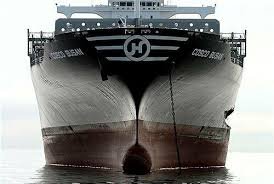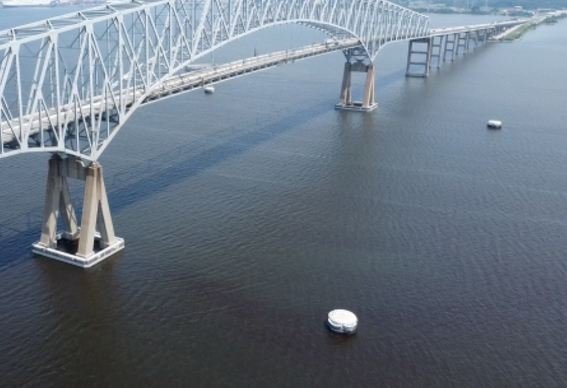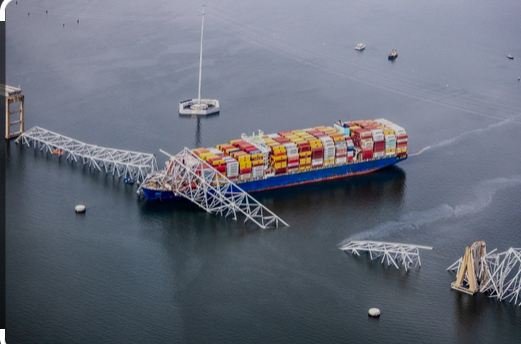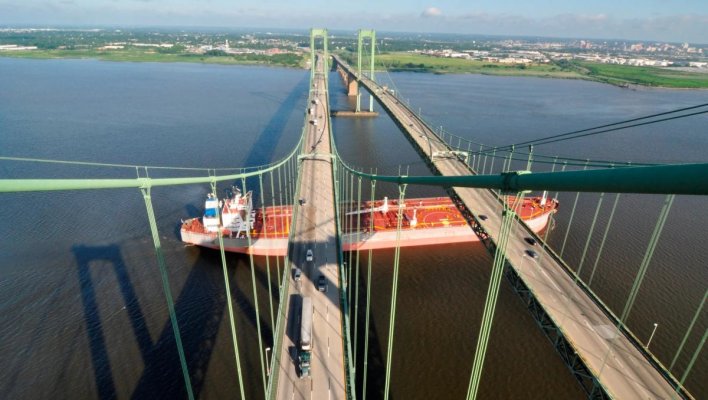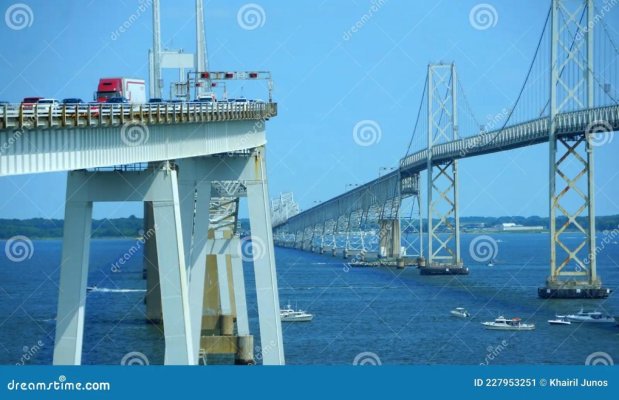Comodave
Moderator Emeritus
- Joined
- Jul 2, 2015
- Messages
- 21,321
- Location
- Au Gres, MI
- Vessel Name
- Black Dog
- Vessel Make
- Formula 41PC
Can't post the image I want... Hopefully this will work.
There are many protective structures on the Tampa Bay bridge.

https://www.google.com/maps/search/...6137,-82.6575106,771m/data=!3m1!1e3?entry=ttu
Long time ago the Tampa Bay Bridge was taken out by a ship. When they rebuilt the bridge they built small islands around the towers so it couldn’t happen again. Too bad this bridge didn’t have them.

